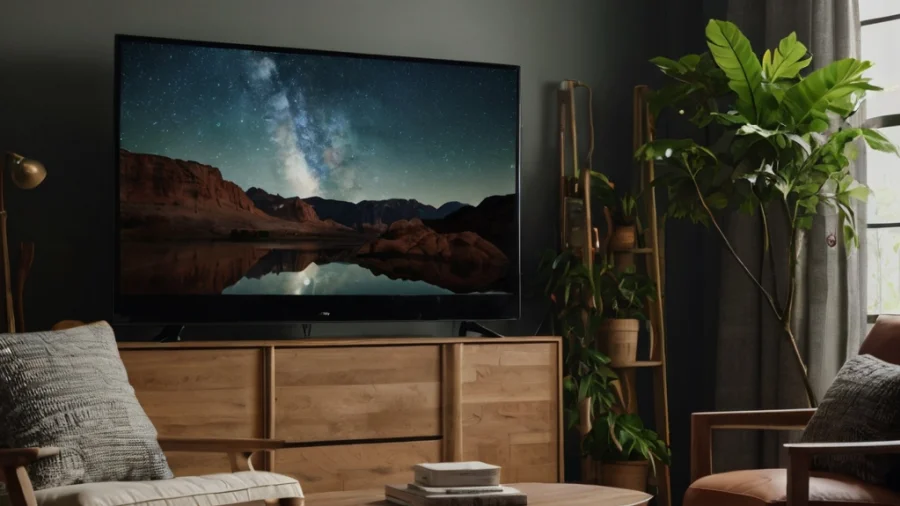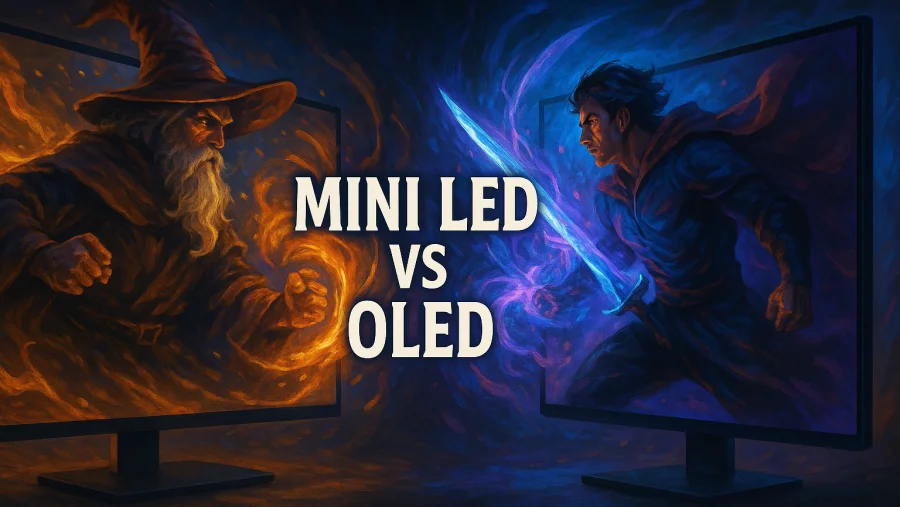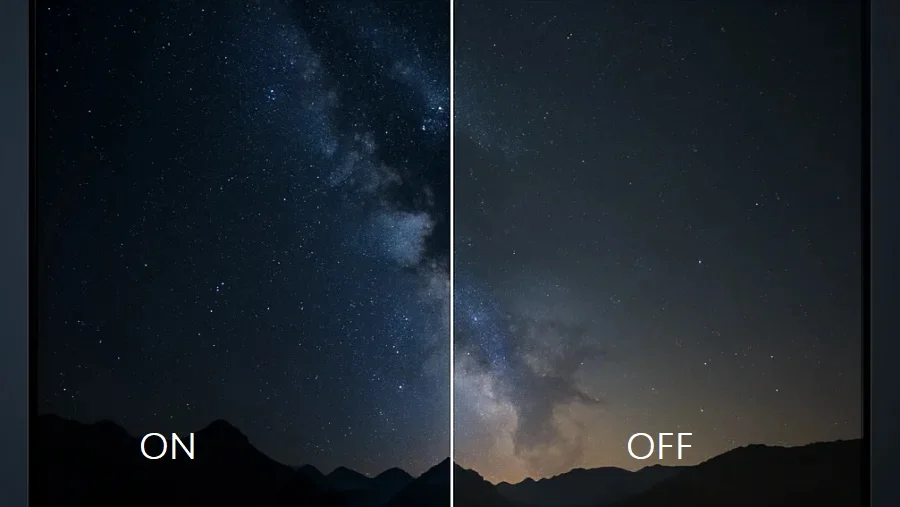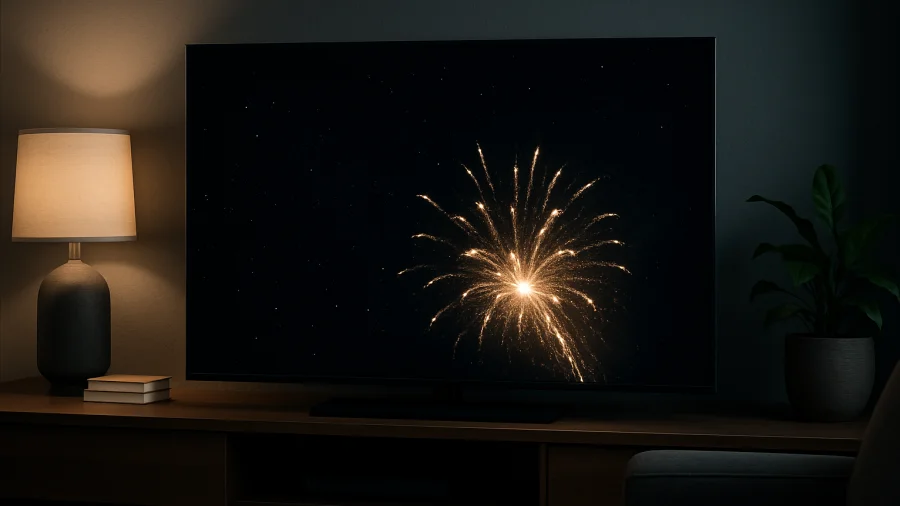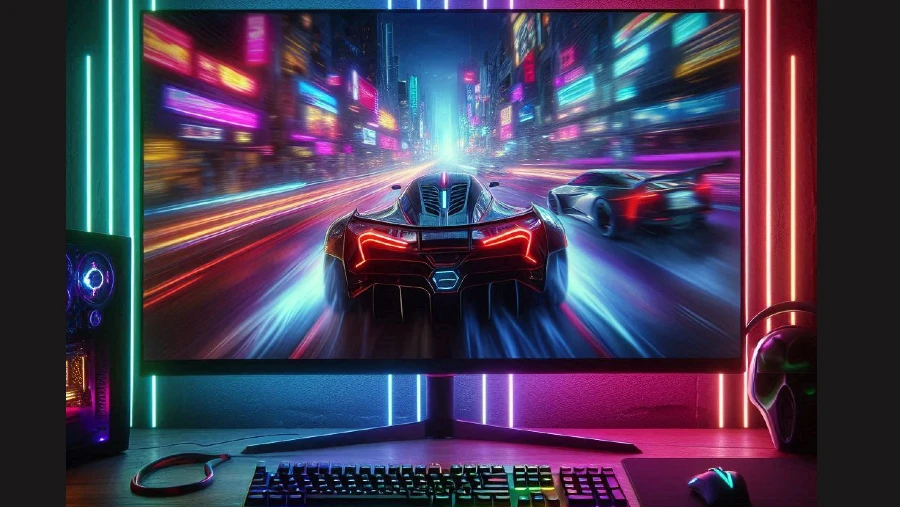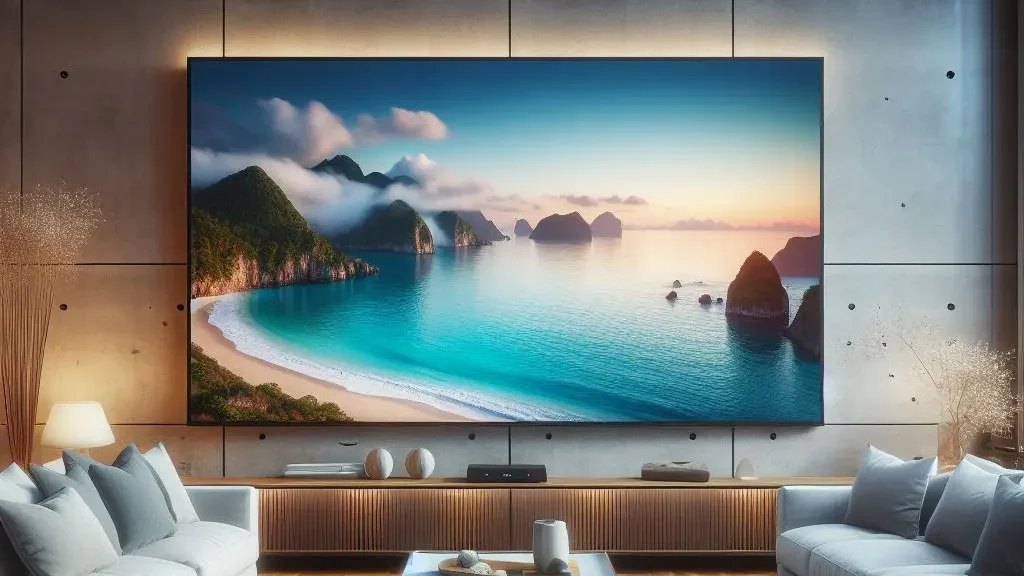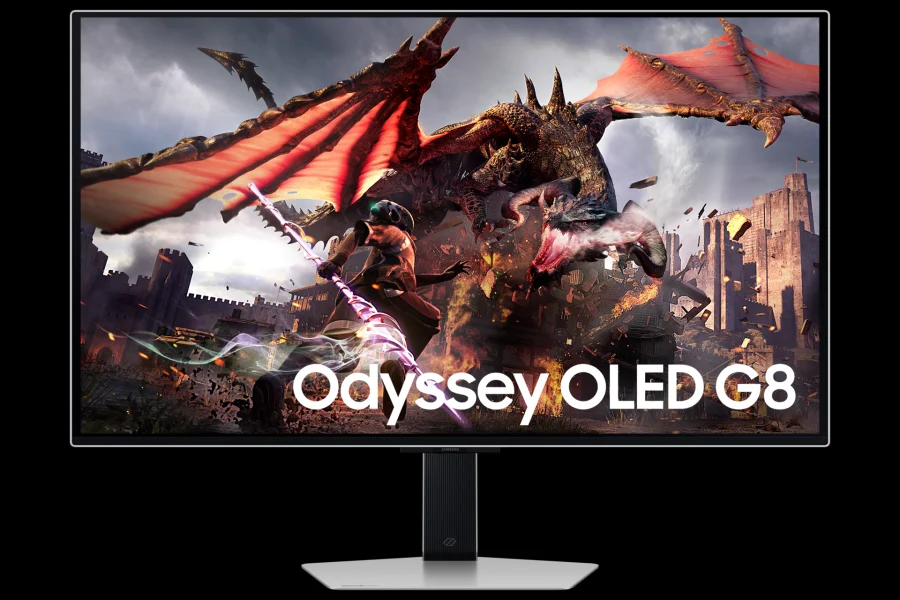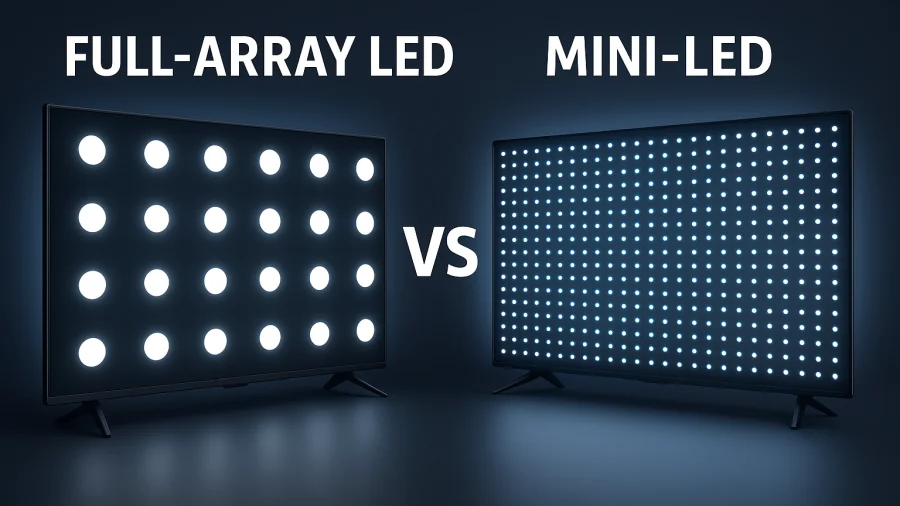
Color gamut is a term that describes the range of colors that a device can display or capture.
It is an important aspect of digital media, as it affects the quality and realism of images and videos. In this article, we will explore the concept of color gamut, its evolution over time, and the introduction of wide color gamut technology.
Understanding Color Gamut
Color gamut is defined as the subset of colors that can be represented by a given color space or system. A color space is a mathematical model that describes how colors are represented by numbers.
For example, the RGB color space uses three numbers to represent the intensity of red, green, and blue components of a color. A color system is a physical device that can display or capture colors, such as a TV, a monitor, or a camera.
The role of color gamut in image and video quality is to ensure that the colors that are displayed or captured are accurate and consistent with the original source.
However, not all color systems can reproduce the same range of colors, due to their physical limitations or design choices. Therefore, some colors may be lost or distorted when they are transferred from one system to another. This can result in a loss of detail, contrast, and realism in the image or video.
The Evolution of Color Gamut
The history of color gamut standards can be traced back to the early days of color television and photography. Over the years, different standards have been developed to define the color gamut for various applications and devices.
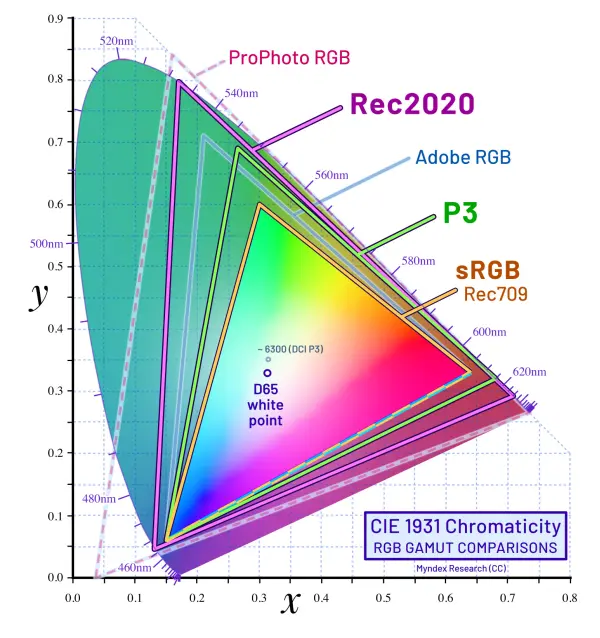
Some of the most common color gamut standards are:
- sRGB: This is the standard color gamut for web and computer graphics. It was created in 1996 by Microsoft and HP, and covers 35.9% of the visible spectrum. It is widely used and supported by most devices and software.
- Adobe RGB: This is an extended color gamut for professional photography and printing. It was created in 1998 by Adobe, and covers 52.1% of the visible spectrum. It is more suitable for capturing and displaying colors that are outside the sRGB gamut, such as deep blues and greens.
- DCI-P3: This is the standard color gamut for digital cinema and video production. It was created in 2005 by the Digital Cinema Initiatives, and covers 53.6% of the visible spectrum. It is more suitable for displaying colors that are closer to the human perception of color, such as bright reds and yellows.
- Rec. 2020: This is the standard color gamut for ultra-high-definition television (UHDTV) and future media. It was created in 2012 by the International Telecommunication Union, and covers 75.8% of the visible spectrum. It is the widest color gamut standard to date, and aims to achieve a more realistic and immersive viewing experience.
Comparison of the four color gamut standards, with their coverage of the CIE 1931 chromaticity diagram, which is a graphical representation of the visible spectrum of colors.
| Color Gamut | Visible Spectrum Coverage (%) |
|---|---|
| sRGB | 35.9 |
| Adobe RGB | 52.1 |
| DCI-P3 | 53.6 |
| Rec. 2020 | 75.8 |
What is Wide Color Gamut?
Wide Color gamut (WCG) is a term that refers to any color gamut that is wider than the sRGB standard. WCG can offer more vivid and lifelike colors, as well as more subtle and nuanced shades and tones.
The benefits of WCG are especially noticeable in scenes that contain natural elements, such as landscapes, skies, flowers, and skin tones. WCG can improve the artistic expression and creativity of the content creators, as they can use more colors to convey their vision and mood.
WCG therefore expands the range of colors that a device can display, going beyond the standard sRGB color space. This technology is becoming increasingly prevalent in high-end TVs and monitors.
Wide Color Gamut in Practice
To enjoy the benefits of WCG, both the content and the device need to support it. The device needs to be able to display or capture the wide range of colors, such as a WCG TVs, monitors, or cameras.
How WCG is implemented in devices
Different devices implement WCG in different ways, depending on the type and quality of their display technology. Some common display technologies that support WCG are:
- OLED: Organic Light-Emitting Diode displays use self-emitting pixels that can produce pure and saturated colors. OLED displays can achieve a very high contrast ratio, as they can turn off individual pixels to create true blacks.
OLED displays can cover a large percentage of the DCI-P3 color space, which is a standard used in digital cinema and video production. - QLED: Quantum Dot Light-Emitting Diode (QLED) displays use a layer of quantum dots that emit light when stimulated by a backlight. Quantum dots are tiny particles that can produce different colors depending on their size.
QLED displays can achieve a high brightness level and a wide color gamut, as they can use quantum dots to filter and enhance the colors from the backlight.
QLED displays can also cover a large percentage of the DCI-P3 color space, and some models can even reach the Rec. 2020 color space, which is a standard for ultra-high-definition television (UHDTV). - LCD: Liquid Crystal Display (LCD) displays use a layer of liquid crystals that change their orientation when an electric current is applied.
LCD displays rely on a backlight to illuminate the pixels, which can affect their contrast and color accuracy. These displays can improve their color gamut by using different types of backlights, such as LED (Light-Emitting Diode), CCFL (Cold Cathode Fluorescent Lamp), or WLED (White Light-Emitting Diode).
LCD displays can also use color filters or color management systems to enhance their color reproduction.
LCD displays can cover a varying percentage of the sRGB, DCI-P3, or Rec. 2020 color spaces, depending on their specifications and settings.
Real-world applications
WCG devices are becoming more popular and accessible in various applications, such as photography, video production, gaming, and entertainment. Some real-world examples of WCG devices are:
- Photography: WCG devices can capture and display more details and nuances in the colors of a scene, especially in areas with high dynamic range, such as shadows, highlights, and skin tones.
WCG devices can also preserve the original colors of a photo, as they can avoid color clipping or compression that can occur in standard gamut devices.
For example, the iPhone 12 Pro and the Samsung Galaxy S21 Ultra are smartphones that support WCG photography, as they can capture and display photos in the P3 color space, which is a wider gamut than sRGB. - Video production: WCG devices can enhance the quality and realism of video content, as they can display more colors and contrast that can create a more immersive and cinematic experience.
WCG devices can also support different standards and formats, such as HDR, Dolby Vision, and HLG (Hybrid Log-Gamma), which can offer more flexibility and compatibility in video production and distribution.
For example, the LG OLED C1 and the Samsung QN90A are TVs that support WCG video, as they can display content in the DCI-P3 or Rec. 2020 color spaces, and support various HDR formats. - Gaming: WCG devices can improve the visual performance and aesthetics of games, as they can display more colors and contrast that can create a more vivid and realistic gaming environment.
WCG devices can also support different gaming features and technologies, such as variable refresh rate, low latency, and adaptive sync, which can enhance the smoothness and responsiveness of games.
For example, the Asus ROG Swift PG27UQ and the Acer Predator X27 are monitors that support WCG gaming, as they can display content in the DCI-P3 or Rec. 2020 color spaces, and support various gaming features and technologies.
The Future of Wide Color Gamut
Emerging Technologies and Standards
The future of Wide Color Gamut (WCG) is promising, with several emerging technologies and standards on the horizon. One such technology is Quantum Dot (QD) technology, which has the potential to significantly enhance the color range and brightness of displays.
Another promising development is the International Telecommunication Union’s (ITU) recommendation Rec. 2100 standard. This standard, an extension of BT.2020, defines a color space significantly wider than the current BT.709, used in HDTV, and includes specifications for High Dynamic Range (HDR). It is expected to be adopted widely in the future.
Moreover, the advent of HDR technology, which works hand-in-hand with WCG, is set to revolutionize the way we perceive digital imagery by offering a greater range of luminosity.
Potential Impact on Industries
Film
In the film industry, WCG can greatly enhance the viewer’s experience by providing more lifelike and vibrant colors. This can make the cinematic experience more immersive and visually stunning.
Photography
For photography, WCG offers the potential for images to reflect the world as human eyes see it, with all its subtleties of light and shade, and the billions of colors in between. This could revolutionize the way photographers work, allowing them to capture and reproduce images more accurately.
Gaming
In the gaming industry, WCG can bring games to life by making them more immersive and visually engaging. Game developers could leverage WCG to create more realistic environments and character designs, enhancing the overall gaming experience.
The future of Wide Color Gamut holds immense potential and could significantly impact various industries, changing the way we capture, display, and perceive digital imagery. WCG technology can make the world more colorful and beautiful.
Q&A
What does a wider color gamut mean?
A wider color gamut means that a display can reproduce a larger range of colors than the sRGB standard. This can result in more vibrant and realistic images, as the display can more accurately represent the full spectrum of colors that the human eye can perceive.
Is wide color gamut worth it?
Whether a wide color gamut is worth it or not depends on your specific needs and use cases. For professional photographers, graphic designers, and video editors, a wide color gamut can be very beneficial as it allows for more accurate color reproduction. However, for general use, the difference may not be as noticeable.
Is wide color gamut the same as HDR?
No, wide color gamut and HDR (High Dynamic Range) are not the same. While both can improve the quality of an image, they do so in different ways. A wide color gamut increases the range of colors a display can reproduce, while HDR increases the range of brightness and contrast.
Is P3 wide color better than sRGB?
The P3 color space has a wider color gamut than sRGB, meaning it can display more colors. This can result in more vibrant and realistic images. However, whether it is “better” than sRGB can depend on the specific use case. For example, if you’re working with content that was designed for the sRGB color space, it may not look correct on a P3 display.
Is a wider color gamut better?
Generally, yes. A wider color gamut means the display can reproduce a broader range of colors compared to standard displays (like those limited to sRGB). This allows for richer, more vibrant, and potentially more realistic images, especially when viewing content specifically created for wide gamuts, such as HDR movies or modern games. However, color accuracy within that gamut is also crucial for preventing oversaturation or unnatural tones.
Is 95% DCI-P3 good?
Yes, 95% DCI-P3 coverage is considered very good for most consumer displays, including monitors and TVs. DCI-P3 is a wide color gamut standard commonly used in digital cinema and for HDR content. Achieving 95% means the display can show almost the entire range of vibrant colors intended for that content, offering a significantly richer viewing experience than standard sRGB displays. While 100% is ideal, 95% provides excellent performance for gaming, movie watching, and even semi-professional creative work.
Is wide color gamut better than QLED?
This question compares different things. “Wide Color Gamut” refers to the range of colors a display can show. “QLED” is a specific display technology (an LCD panel using a Quantum Dot enhancement layer). QLED technology is actually known for its ability to produce very pure, bright colors, which allows QLED TVs and monitors to achieve wide color gamuts effectively. So, they aren’t alternatives; rather, QLED is one technology used to deliver wide color gamut performance. You can’t say one is “better” as they describe different aspects of a display.
Read Next
